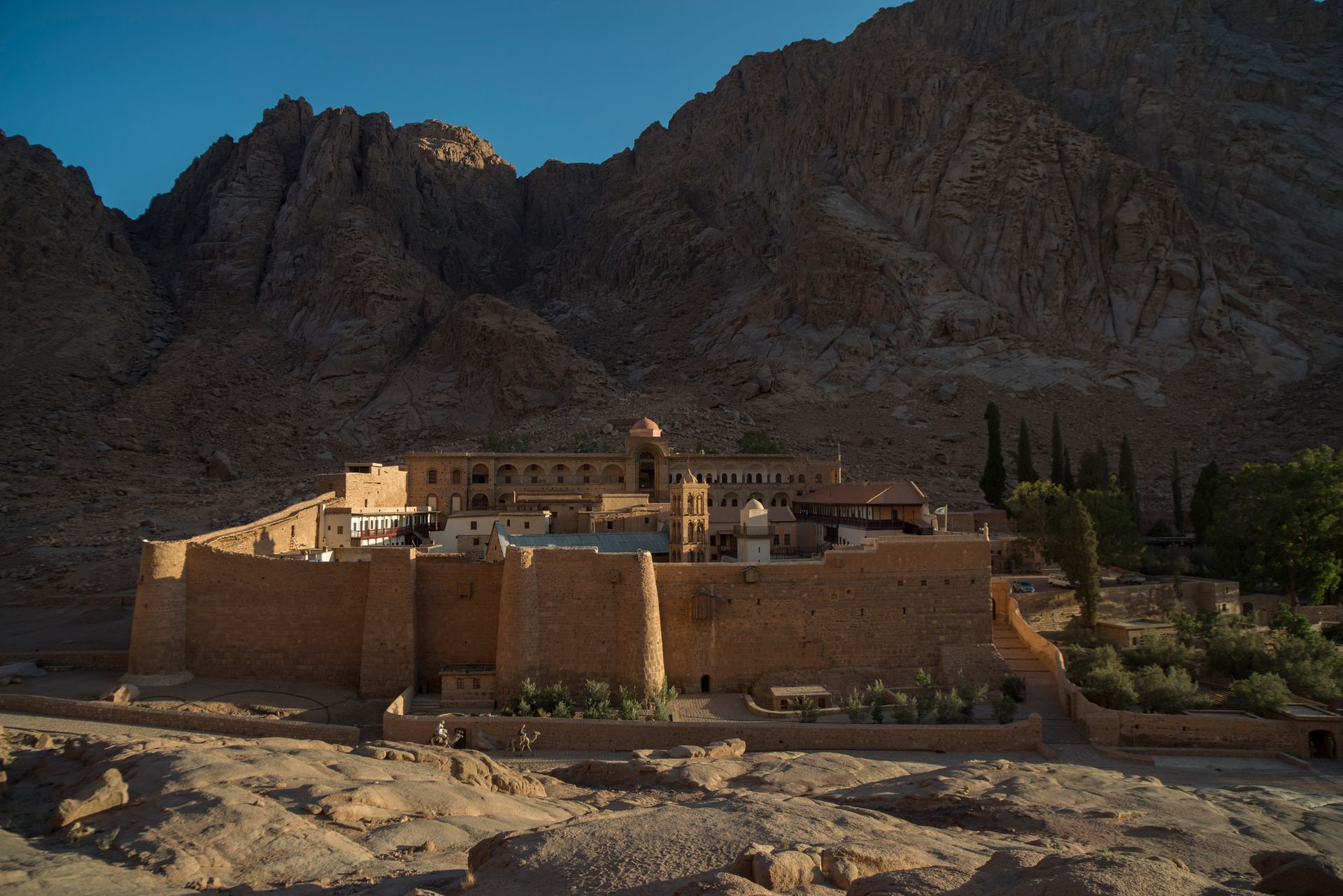Blog de Stepway

Por Goway Blog
•
26 de septiembre de 2023
The last remaining wonder of the ancient world; for nearly 4000 years, the extraordinary shape, impeccable geometry and sheer bulk of the Giza Pyramids have invited the obvious questions: ‘How were we built, and why?’. Centuries of research have given us parts of the answer.

Por Goway Blog
•
6 de septiembre de 2023
This ancient monastery traces its founding to about AD 330, when Byzantine empress Helena had a small chapel and a fortified refuge for local hermits built beside what was believed to be the burning bush from which God spoke to Moses. Today St Catherine’s is considered one of the oldest continually functioning monastic communities in the world. If the monastery museum is locked, ask at the Church of the Transfiguration for the key. The monastery – which, together with the surrounding area, has been declared a UNESCO World Heritage site – is named after St Catherine, the legendary martyr of Alexandria, who was tortured on a spiked wheel and then beheaded for her faith. Tradition holds that her body was transported by angels away from the torture device (which spun out of control and killed the pagan onlookers) and onto the slopes of Egypt’s highest mountain peak. The peak, which lies about 6km south of Mt Sinai, subsequently became known as Gebel Katarina. Katherine’s body was ‘found’ about 300 years later by monks from the monastery in a state of perfect preservation. In the 6th century, Emperor Justinian ordered a fortress to be constructed around the original chapel, together with a basilica and a monastery, to provide a secure home for the monastic community that had grown there, and as a refuge for the Christians of southern Sinai. Since then, the monastery has been visited by pilgrims from throughout the world, many of whom braved extraordinarily difficult and dangerous journeys to reach the remote and isolated site. Today a paved access road has removed the hazards that used to accompany a trip here, and the monastery has become a popular day trip from Sharm El Sheikh and Dahab. Travellers visiting should remember that this is still a functioning monastery, which necessitates conservative dress – no one with shorts is permitted to enter, and women must cover their shoulders.











